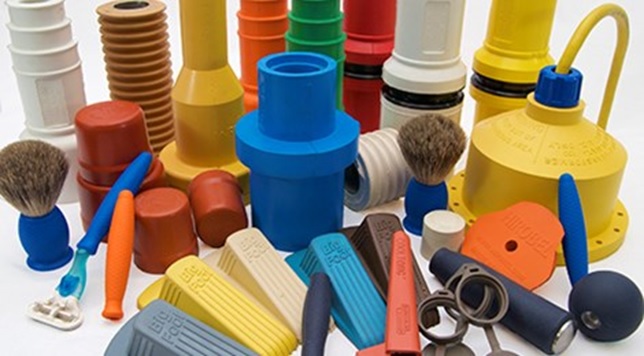Applications of rubber are very wide and so are the testing parameter. It is well-known fact that no product is launched into the market without testing. Be it rubber shoes or tyres. To assess the shelf life and issuing warranties, it is necessary to test the sample first, before the manufacturer can make tall claims. Evaluation of physical properties of the sample gives the confidence to the manufacturer to use it in different production processes. It helps in estimating the performance and durability for the final product application.
For rubber, preparation of the sample is very important. You cannot take the final product and put it in the machine to test its properties. Everything is predefined in the national and international testing standards. And to sustain in the industry, it is mandatory to comply those standards while testing. A wide variety of testing instruments are used, ranging from hand held devices to bench top models, to big machines.
Even, industries invest separately in sample preparing dies and cutters. Depending upon the application of rubber, the test procedures are selected. Say, if you are dealing with shoe manufacturing, you will invest your time and money in Bennewart flex testing instrument which is designed to test the shoe sole directly. On the other hand, if you are dealing with tyre manufacturing, you will invest in different machines like a universal tensile testing machine, muffle furnace, hot air oven, deep freezer etc.
When we say, testing of rubber; first of all, it has to be decided for which application, the rubber is being tested. Every industry has different testing demands. Like a footwear industry has different demands, aerospace has different demands, automotive, thermoforming and so on, thus their testing varies. In aerospace, the rubber components should be capable of withstanding high pressure and temperature, whereas, footwear industry asks for flexibility and durability.
Presto has designed a wide range of testing instruments catering to the industrial testing demands. While some industries require checking the properties of the sample subjecting to environmental stress, e.g. operator need to check any change in properties of rubber sample at different temperature points, say 200°C, 45°C and then -30°C and then it is being tested for tensile strength. Such tests are usually performed in aerospace and automotive industry.
Testing of Raw Materials
To assure the quality of end product, it is necessary to assess the properties of raw material first. To make the compound fit to use, some percentage of ash is added as per the demand of the application. Not too much, not too less; the percentage of ash controls the properties of rubber to an extent. If not tested properly, the final product may fail when subjected to real life applications. Muffle furnace is the equipment used to check ash percentage in the sample. The sample is burnt down completely at very high temperature, as high as 1400°C. The carbon contents of rubber burnt into fumes and only ash is left behind. The ash is weighed along with the crucible container in which sample was burnt. The value obtained is used for calculating ash percentage in the sample.
Another important parameter is to measure the tensile strength of the sample. In this test, sample preparation is a very crucial aspect. A dumb-bell shaped rubber sample is prepared using a die and press cutter. This dumb-bell is clamped in the universal tensile testing machine. This machine applies a tension force to the sample. Tensile strength is measured in different ways. As per the industrial demand, the sample is heated at defined temperature and then its tensile properties are tested, if there is any change in elongation properties or brittleness. Another way is, the sample is cool down first below zero degrees and then its properties are tested with this machine.
Samples are always tested in harsh conditions than expected in reality. Ozone test chamber plays a key role in determining the properties of rubber when encountering ozone rich environment. In high altitude, the concentration of ozone is high. To understand the behaviour of rubber in this environment is very important. Rubber may develop cracks if not tested and processed appropriately for the application. In this test, a rubber sample is placed in the chamber, the ozone air gets generated in the chamber. This usually a long run test and it is dangerous to open a chamber when filled with ozone. Double door protection is provided to check the behaviour during the sample. It is equipped with glass door to peep inside the chamber. Therefore, when the test is completed, let the air settle first and they open the chamber.
